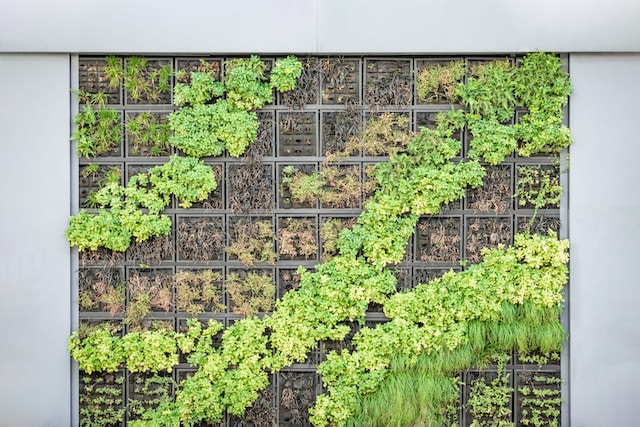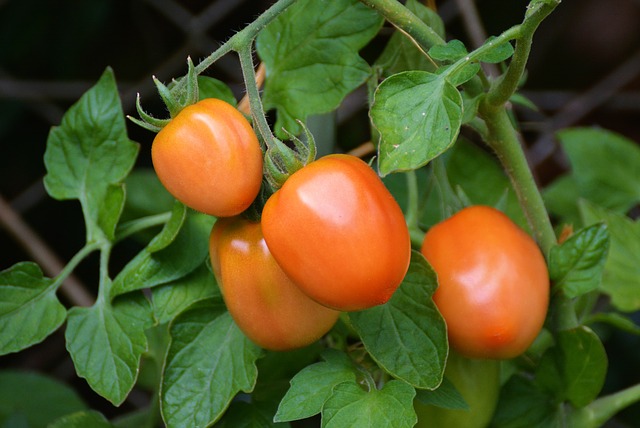Have you ever seen plants designed beautifully in a 2D vertical format against a wall? That’s espalier. This horticultural technique transforms ordinary fruit trees and shrubs into living works of art. Through careful attention, you train plants to grow horizontally and diagonally along support structures, such as trellises or fences. There are a surprising number…
pruning
The No-Cost Way to Increased Tomato Yields: Pruning
Hi, everyone! Apologies for the late posting. I’ve known what I wanted to talk about this week for a while, but honestly, it’s tough to explain it well without a visual aid. Pruning tomatoes is one of the tasks that I either excel at or fail miserably to keep up with. I’m either diligent in…

